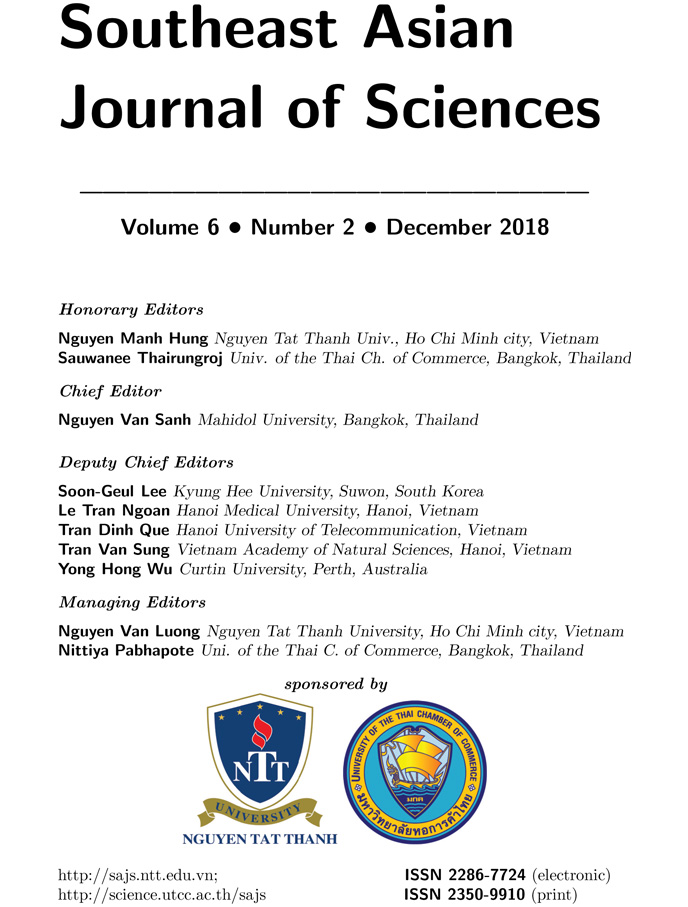A COMPARISON OF TYPE I ERROR AND POWER OF BARTLETT’S TEST, LEVENE’S TEST AND O’BRIEN’S TEST FOR HOMOGENEITY OF VARIANCE TESTS
Abstract
There are a good number of tests that are available for testing a hypothesis that samples come from populations with the same variance. Many studies reported that there is no test which is uniformly best for all distributions and sample size configurations.It can be seen that Bartlett’s test, Levene’s test and O’Brien’s test offer different methods for researchers to test data. However, each test has some unigue weak points. To date, there are no studies about these tests when assumptions are violated under different situations. The aim of this paper is to compare the empirical probability of the Type I error and the power of the three statistical tests under the different types of distributions: normal, uniform,student’s t, chi-square distribution and nine configurations of group size (n1, n2, n3, n4), the group variances were set as follows the ratio of 1:1:2:2, 1:2:3:4, 1:1:1:4. It was found that no test outperformed the others in terms of robustness and power. The findings showed that the Levene’s test was not the best option. Bartlett’s test is a good choice to test homogeneity of variances since it is not affected by sample sizes when the data is normally or uniform distributed. Moreover, For low skew distribution, Bartlett’s test is a good choice for small equal sample sizes and equal variances. O’Brien’s test is the best for chi-square distributed. When the variance ratio of 1:1:1:4, low skew distribution, Bartlett’s test and O’Brien’s test would be commended for small unequal sample sizes, since they still af ford high power.

